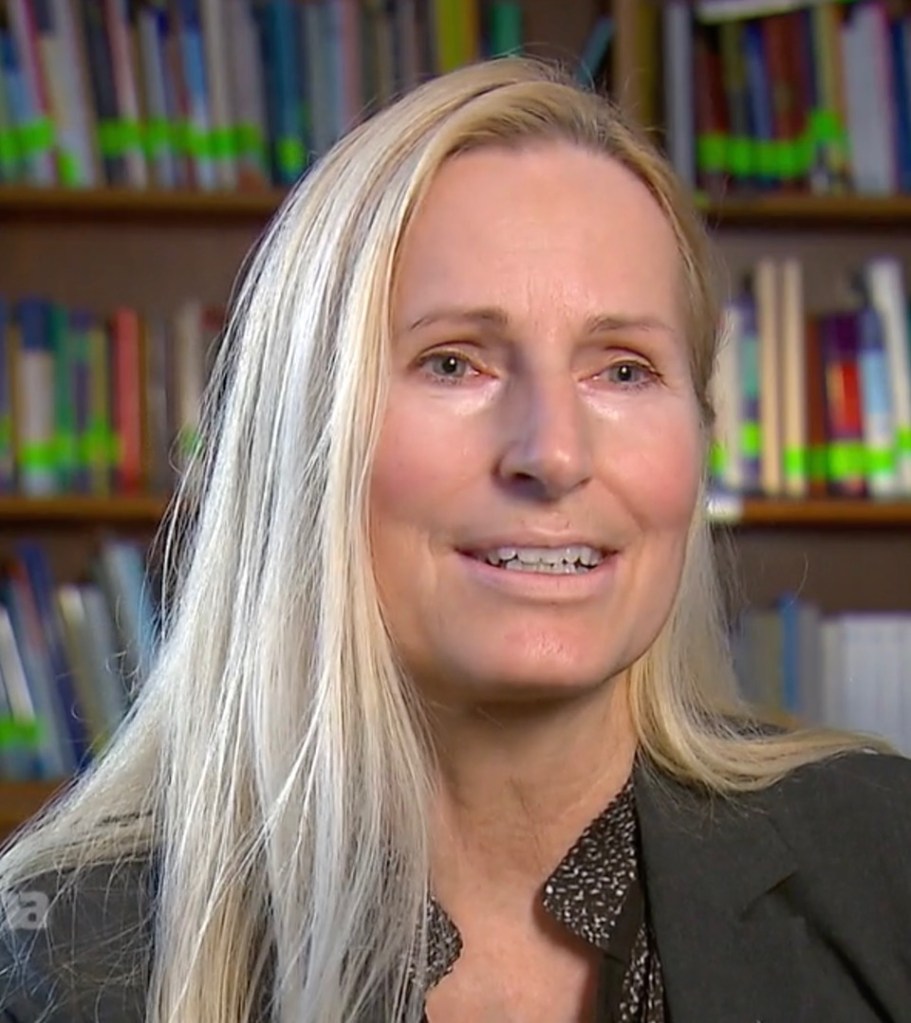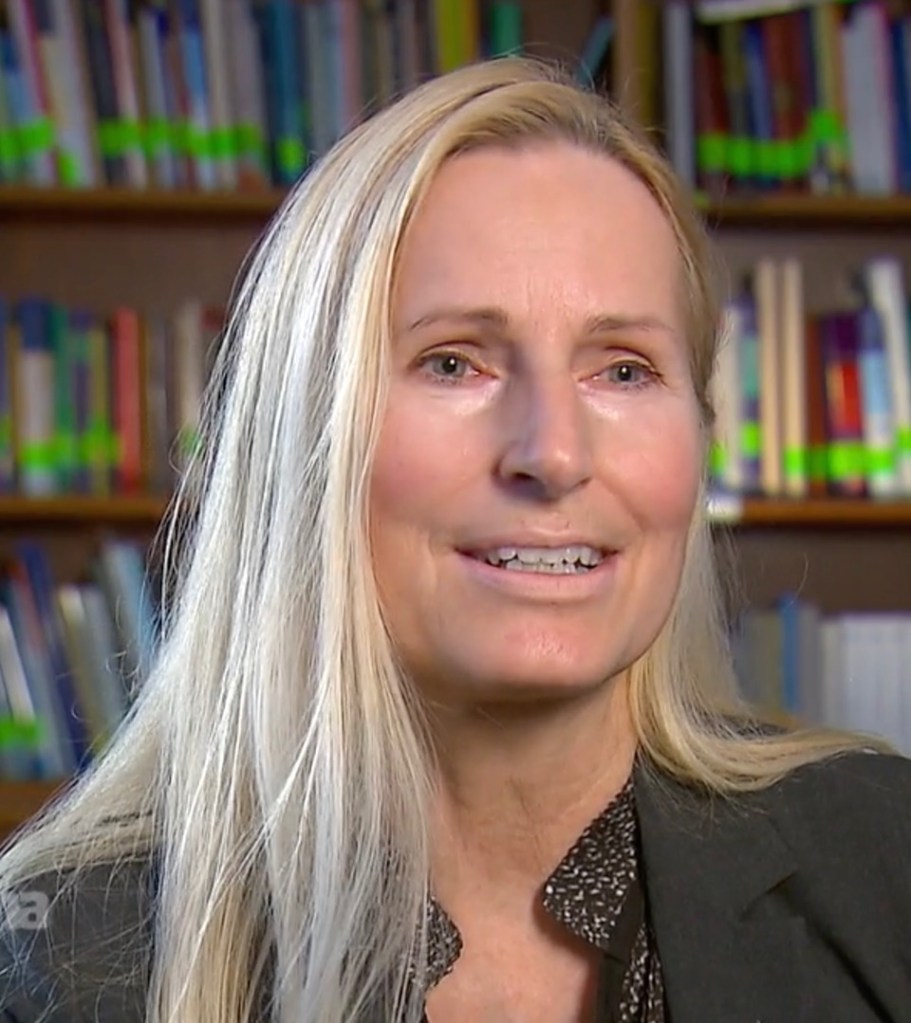A recent study by epidemiologist Eva Schernhammer found that women physicians face a 24 percent elevated risk of suicide compared to the general population.
It’s a sobering figure, but a significant improvement over what the adjunct professor of epidemiology at Harvard Chan School discovered two decades ago. Then female doctors had 76 percent higher odds. Schernhammer first embarked on the research after losing close colleagues.
It has been known for some time that suicide rates for male doctors were higher than the general public — and Schernhammer’s 2004 analysis found a 5 percent higher rate of risk. But the levels for women was stunning then — and remain so now.
The Gazette spoke to Schernhammer about her research and what can be done to make further improvements. This interview has been edited for length and clarity.
The scale of the problem for women physicians seems obvious. Why wasn’t more known about it sooner?
It’s been known for quite long that physicians experienced higher rates of suicide than the general public. The fact that male physicians had a higher risk of suicide has long been noted in papers, but not systematically evaluated until the early 2000s.
There was a lot less data for female physicians. This is because women entered the field of medicine not that long ago. But today, they make up more than 50 percent of medical students in the U.S. When my meta-analysis was published in 2004, it got more attention because of the consolidated evidence. And back then, the suicide risk was so much higher for women than for the men. It led to a lot of thought on what could be contributing to this.

Eva Schernhammer.
Photo courtesy of Eva Schernhammer
What were some of the factors contributing to higher rates of suicide among female physicians?
Colleagues in the field have pointed to things like the double burden for women who work as physicians: balancing their work with the household. There’s stress, burnout at work; these things apply to both men and women, but perhaps because of the added pressure on women it had a higher effect.
Additionally, sexual harassment was a big topic 20 years ago because there emerged some recent data showing that three-quarters of all women experienced some form of harassment in their job from their male colleagues.
Then in general, things like mental health: It’s been known or observed — systematically or unsystematically — that physicians tend to be more critical about themselves, more prone to perfectionism, and thus perhaps not able to live up to those expectations. This can lead to constantly being frustrated with themselves. It’s been noted that there are higher rates of depression in certain jobs, in particular in the medical field.
“It’s been noted that there are higher rates of depression in certain jobs, in particular in the medical field.”
And finally, there is a really interesting case to be made regarding drug abuse, access to drugs, and being able to use those drugs more effectively. To me, it’s always been most compelling to look at the rate of suicide attempts compared to that of actual suicides.
Women physicians have a much higher completion rate than women in the general population who attempt suicide and tend to use different means if they commit suicide. Unlike men, female physicians are more likely to use poisoning, and they are much more knowledgeable about what exactly they need to do to effectively kill themselves that way.
Those are some of the explanations that have been put forward when looking at this gender discrepancy.
This current study is an update to the study that was done in 2004. How did it compare to your expectations?
Even back then, we were seeing that the suicide rates among the women were starting to trend down. So 20 years later, an obvious question was: Has this trend persisted? Would we now see lower rates among women?
With more than 50 percent of physicians now women, one could speculate that some of the shortcomings or problems they may have encountered back then have been alleviated to some extent by this influx of more female colleagues. Our primary hypothesis was to see these higher suicide rate ratios had come down a little bit. And that is what we found. The ratio has indeed decreased.
Were there any limitations to this study? One that was mentioned was the demographic of women in the study, who were predominantly from the U.S. and Europe.
The demographic one is important. If you think about India, we just heard more recently about how physicians are being attacked and harassed, particularly female physicians. Maybe some of the lessons we’ve learned in the U.S. and Europe — that as women get more equal rights, enter the medical profession, and these issues become more widely talked about — these suicide risks may be alleviated. Maybe there are lessons to be learned for other places that are still catching up and just now getting to a point where there will be better working conditions for women physicians.
I think it’s going to be important to have this data from other places in the world and being ready to accept that we may still see similarly high rates there, as we did 20 years ago in the U.S. and Europe, for example.
But in general, it would be great to have bigger numbers, to have bigger studies.
It’s helpful to do a comparison to other professions of similar socioeconomic status, which we attempted and could only do for the men, comparing male physicians to other male professions that are highly educated with high incomes. It was clear that the male physicians — even compared to these types of population groups — had higher rates of suicide.
So doing these types of studies for women would be desirable in the future, as well as exploring more of what else could be contributing to the higher risk, including future studies of the impact of the COVID-19 pandemic. If the added attention and ensuing suicide prevention measures in the past 20 years contributed to a decline in suicide rates, then keeping up these efforts and extending them in particular to the women would be beneficial.
“Improving strategies for doctors’ mental health is crucial as well as creating supportive environments, combating gender discrimination, and to include mental health in training.”
Improving strategies for doctors’ mental health is crucial as well as creating supportive environments, combating gender discrimination, and to include mental health in training. We want to make sure that physicians know that this is a topic they can speak up about and that there are prevention efforts and guards in place that can help them deal with any mental health issues they may have to reduce that burden.
Your most recent study showed that the gap between men and women physicians has been reduced, but that female physicians still have a 24 percent elevated risk of suicide. What has helped and how can we further reduce the gap?
This can only be speculation, but I think the fact that so many more women are now in the health profession is probably an important factor. Because if you think about the numbers that 75 percent of all women had experienced some form of harassment just 20 years ago, I do think that these numbers have come down.
I also think that to some extent, we have made progress on the sort of double burden in families, if that has been a contributing factor. This is probably a contentious topic, but it does seem there is a bit more workload sharing among couples today than a couple of decades ago, so women may feel a little less double burdened. Additionally, strategies to create supportive environments and to combat gender discrimination may have been put in place and helped.
I also think that work hour reductions for physicians have taken place, triggered by studies showing that if physicians don’t sleep enough, they make more medical errors. Studies by Chuck Czeisler from the Division of Sleep Medicine at Harvard Medical School have helped shift the regulations around work hours.
All of these things I would suspect reduced the burden for these women. We always have a delay when you look at data from a couple of years ago, right? But I think we are probably getting closer to a point where the gap will continue to close if we keep up the efforts that are now in place in hospitals.
How do you feel we can best help our doctors?
Talking about your health or mental health in an environment where you feel free to share with your colleagues is important, but we also need to be able to seek help outside of your professional sphere.
“I think the more that is written about the topic, the more awareness is raised about it and the more people will think about it and feel it’s less of a stigma if they are experiencing it.”
I think the more that is written about the topic, the more awareness is raised about it and the more people will think about it and feel it’s less of a stigma if they are experiencing it. Whether it’s depression or a drug addiction issue, they can know that they’re not the only ones; there are many others who have struggled and that they can talk about this.
A story that that I have really kept close to my heart is one from after the publication of the 2004 meta-analysis. A few years after it was released, I received an email from a male physician in the United States who told me he was a resident in oncology. He felt burned out and was just hitting a wall but felt like he had to keep going.
He came across this study, and it turned his life around. He said he became aware that he can change his circumstances. He left the residency, he changed jobs, and he said he thinks that the decision saved his life. It was simply the recognition that he’s not the only one, and that this is something that’s not his fault that gave him hope.
Source link

